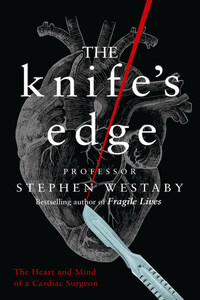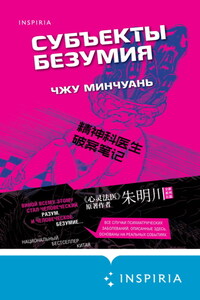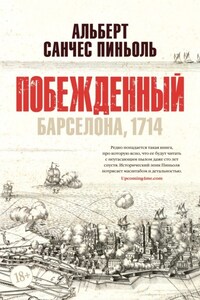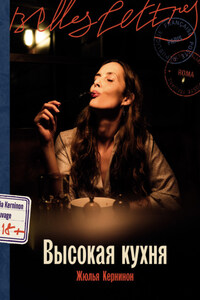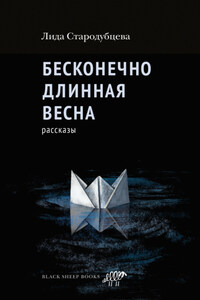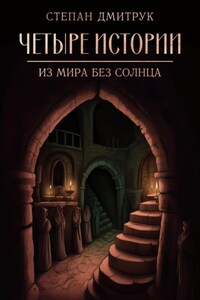Certain details, including names, places and dates, have been changed to protect privacy.
Mudlark
An imprint of HarperCollinsPublishers
1 London Bridge Street
London SE1 9GF
www.harpercollins.co.uk
First published by Mudlark 2019
FIRST EDITION
© Stephen Westaby 2019
Cover layout design Claire Ward © HarperCollinsPublishers 2019
Cover images © Granger/Bridgeman Images (heart engraving), Shutterstock.com (scalpel)
Stephen Westaby asserts the moral right to be identified as the author of this work
A catalogue record of this book is available from the British Library
All rights reserved under International and Pan-American Copyright Conventions. By payment of the required fees, you have been granted the nonexclusive, non-transferable right to access and read the text of this e-book on screen. No part of this text may be reproduced, transmitted, downloaded, decompiled, reverse engineered, or stored in or introduced into any information storage retrieval system, in any form or by any means, whether electronic or mechanical, now known or hereinafter invented, without the express written permission of HarperCollins e-books.
Find out about HarperCollins and the environment at
www.harpercollins.co.uk/green
Source ISBN: 9780008285777
Ebook Edition: April 2019 ISBN: 9780008285807
Version: 2019-04-17
For Sarah, who saved me from myself, together with Gemma and Mark, then Alice and Chloe, the children and grandchildren who give me so much pleasure.
Every single heart operation risks a life. This tension between kill or cure is unique to my specialty, with no professional equivalent, and few people can live with it on a daily basis. During my formative years, to operate within the heart was seen as the last surgical frontier. Direct vision repair was considered as difficult as landing on the moon or splitting the atom. Then the heart–lung machine and the swinging sixties changed everything. Heart transplants and artificial hearts both emerged during my impressionable medical school years. When I embarked on training in the 1970s, heart surgery remained an exclusive and remote club that was exceptionally difficult to join. Yet I was eventually granted the profound privilege of being able to improve thousands of lives.
Each heart is unique in its own way. Although most operations prove straightforward and uneventful, some evolve into an extraordinary battle for survival and a few are quite literally a bloody disaster. As my experience and knowledge increased, I became a last port of call for the cardiologically destitute, a depository for cases that no one else wanted, at home and abroad. Ultimately I lost patients whom I knew could be saved with equipment we were denied in the NHS. The recriminations that accompany death soon followed. An agonising interview with the bereaved, dismal discussions at the ‘Morbidity and Mortality Meeting,’ then a joyless visit to the coroner’s court. I was vehemently outspoken about the system’s deficiencies, and suffered as a result. The NHS doesn’t care for those who do not conform.
In this book I have set out to describe how it felt to be a heart surgeon as the specialty emerged and what it is like in the current hostile environment. I have depicted the physical and the psychological endeavour, the emotional highs and lows, the triumphs and the disappointments, and how being a surgeon affected me and my loved ones. When I was a young man, as we shall see, a peculiar quirk of fate helped me by dispelling my inhibitions and rendering me immune to fear. It’s not something I would freely recommend and it was a curious launchpad for a career at the sharp end, one that enabled me to embrace challenges that others would wish to avoid.
